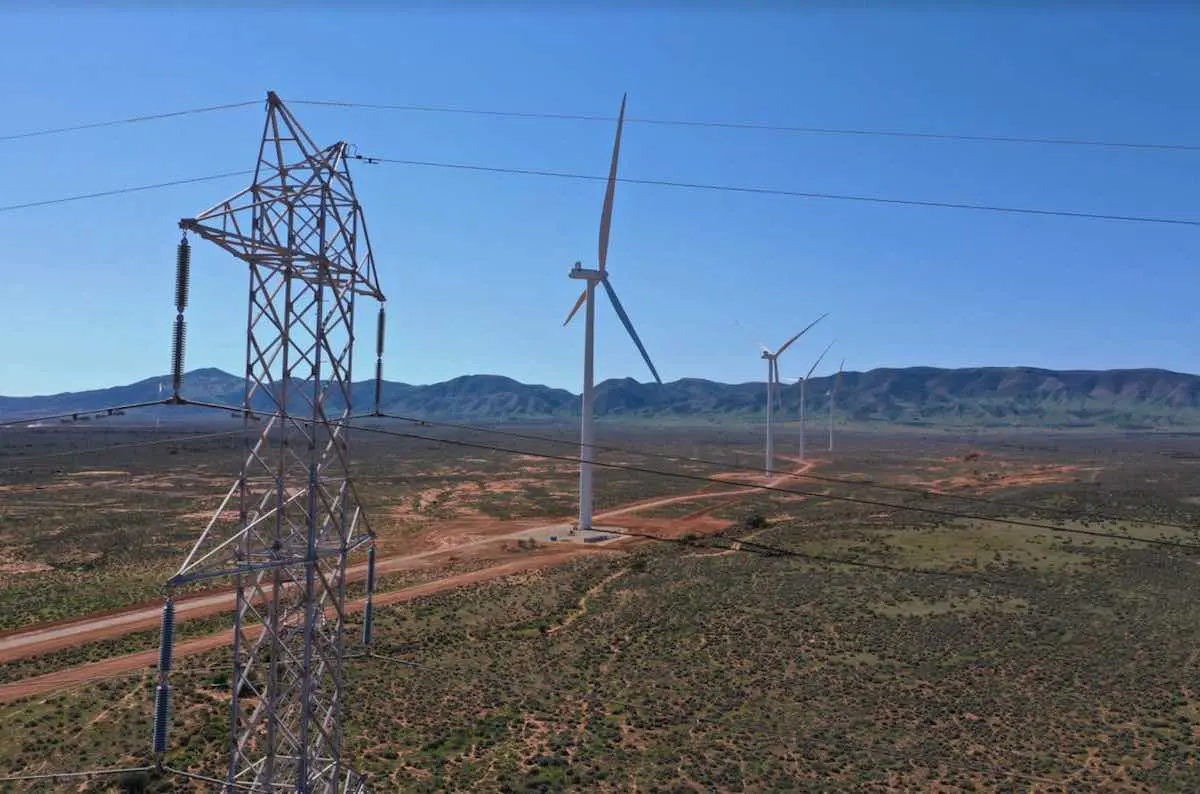Investing in the electricity grid for reliability and resiliency is crucial for ensuring a stable and secure energy supply, with a modern approach to renewables an inherent component of the Rewiring the Nation program.
But this investment cannot be restricted to new infrastructure developments and renewable energy projects alone.
Technology and digital solutions are playing and will continue to play an integral role in stabilising the grid over the next decade, increasing its resiliency as the most intensive transition in recent history occurs.
The Australian federal and New South Wales state governments are set to spend AU$ 7.8 billion on new electricity transmission to support more renewable power with the rush to fill the looming energy shortage left by closing coal-fired plants increasing.
The good news is that many steps have been taken in the last five years to increase the volume of renewable energy flowing into the grid, with many opportunities for future action.
But despite these positive steps forward, we are seeing a lag in project timelines, leaving the energy grid in a precarious position as coal plants continue to depower.
Our reliance on fossil fuels will continue until our renewable energy supply is where it needs to be to ensure the grid remains reliable and resilient. Solving network constraints through investment in new technologies and utilising existing infrastructure is integral to enabling coal retirement commitments.
Optimising grid transformation through technological innovation
Technology will play a critical role in keeping the coal retirement timeline in check. Ensuring the grid is ready to facilitate 82 per cent more renewables by 2030 requires a multi-faceted approach underpinned by network optimisation and access.
By investing in technology, government bodies and Network Service Providers (NSPs) will continue to gain an optimised view of the grid to inform their decision-making.
Technology will reduce the pressure on clean energy generation goals which until recently were reliant on the construction of new network infrastructure connected to renewable energy zones (REZs).
While the importance of REZs and the acceleration of new renewable projects cannot be underestimated, the exploration of existing infrastructure and what is hidden away from a capacity perspective is equally critical to stabilising the grid beyond 2030.
The current energy grid has served us for the better part of a century, so we certainly don’t want to start from scratch.
Some aspects of the grid need to change, and we can optimise these changes through technology and data-driven insights to ensure work is conducted in the most efficient manner whilst driving down prices for consumers.
From a national perspective, we need to utilise the extensive data sets we have on hand for different aspects of grid operations to form a comprehensive picture.
This unified approach to grid development will ensure the shift to renewables and ultimately a reliable energy grid is achieved on time, something we can’t afford to lose momentum on.
The targets we’ve set for our clean energy transition are lofty, but they are not unachievable. The degree of difficulty with the task at hand is also significant but can be simplified through a holistic set of solutions that address the entire energy lifecycle.
Unlocking untapped capacity to optimise clean energy transition goals
Investing in the existing grid by sourcing available capacity while simultaneously developing new infrastructure projects will be a defining factor of Australia’s clean energy transition.
Sourcing existing yet untapped capacity will help solve our overarching goals of providing cleaner, quicker and more cost-effective electricity to consumers.
The output of the grid has to double by 2050 according to the 2022 ISP AEMO research, and digitisation has an incredible role to play.
As NSPs across the country gather and collate data secured by digital platforms, the level of visibility into the data insights of the grid will increase rapidly. This has previously been missing from our modernisation efforts, making the development of a clean energy roadmap connecting renewables a far trickier process.
The data sets and insights now available to public and private bodies provide a clear unified picture of the grid based on a variety of variables, from line rating to power flows to vegetation management.
By investing in digital solutions, all parties from NSPs to government bodies are changing their approach to the clean energy transition.
The industry as a whole is moving ahead with a clear understanding of the current state of play and the next steps required to build a reliable, resilient grid also supported by renewables.
With new infrastructure and REZs developing in tandem with this digital insight-led approach, we’re ensuring that 2030 goals are not only met on time but achieved in the most time-efficient and cost-effective manner.
Jack Curtis is chief commercial officer at Neara









